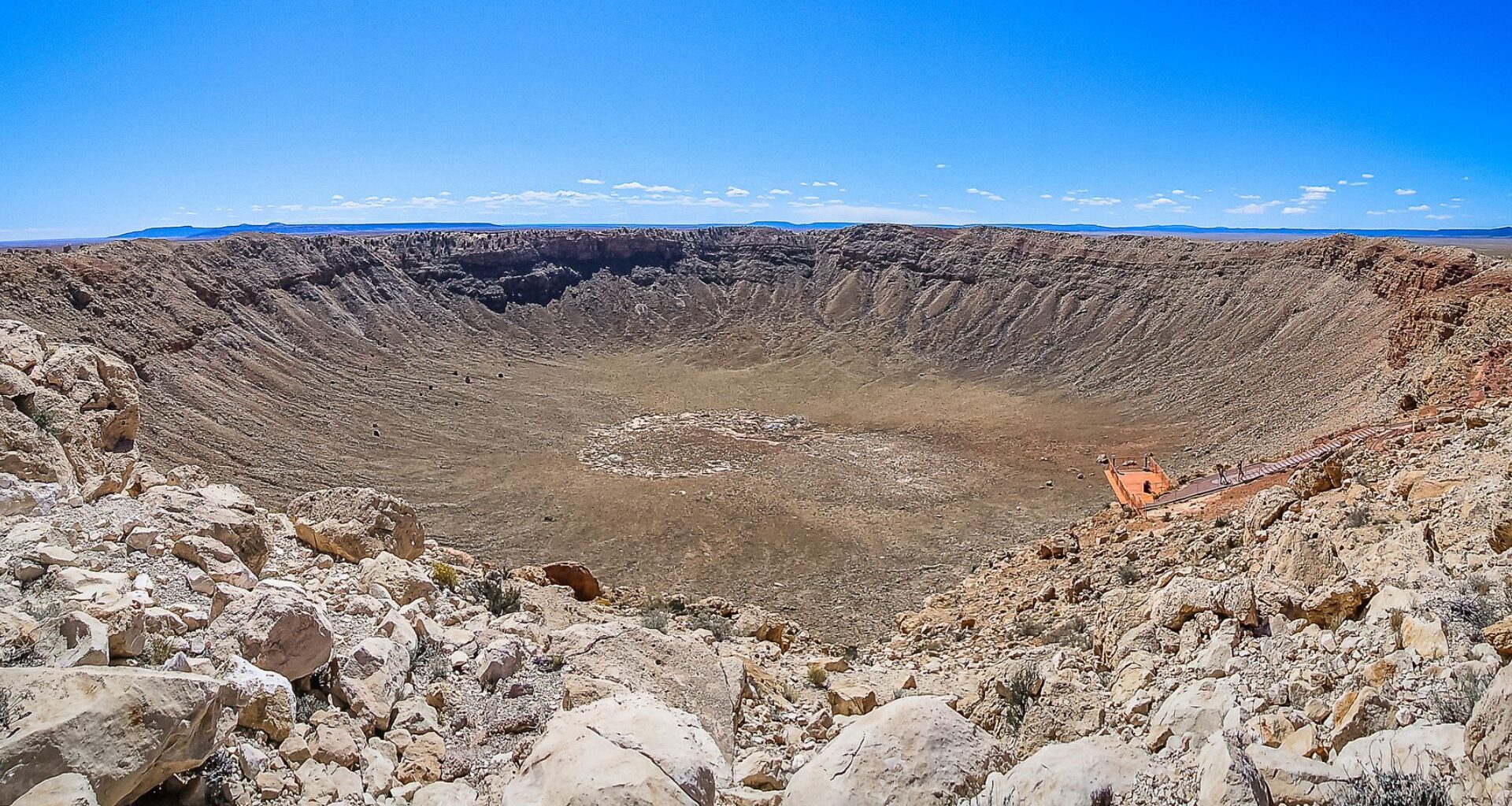A team of scientists has uncovered evidence that a massive asteroid strike created a prominent crater in southern China’s Guangdong province roughly 10,000 years ago, during a period of rapid human development.
The Jinlin crater, situated near Zhaoqing city, marks only the fifth confirmed impact site in China and the very first identified in the country’s southern region. Measuring approximately 2,950 feet across, the tilted, bowl-shaped formation suggests it was formed by an extraterrestrial object roughly 100 feet in diameter, unleashing an explosion comparable to dozens of atomic bombs.
Researchers believe the impact would have had a profound effect on the surrounding environment, reshaping landscapes and potentially influencing local ecosystems.
Jinlin crater offers new insight into prehistoric asteroid collisions
The Jinlin crater, recently detailed in the peer-reviewed journal Matter and Radiation at Extremes on October 15, formed after a massive asteroid strike. Chen Ming, a researcher at the Centre for High Pressure Science and Technology Advanced Research and a co-author of the study, explained that the impact released energy equivalent to 600,000 tonnes of TNT – comparable to the destructive force of 40 Hiroshima-sized atomic bombs.
Ming noted that a major asteroid impact during this period could have had profound effects on both human populations and the surrounding environment. While asteroid strikes can occur anywhere on Earth, many ancient craters have been distorted, eroded, or buried over time due to tectonic shifts and surface weathering. To date, researchers have identified around 200 impact craters worldwide, with only five confirmed in China, the South China Morning Post reported.
Until now, all four confirmed impact craters in China were located in the northeast, including Baijifeng in Jilin (2023) and Hailin in Heilongjiang (2024). Southern China’s tropical to subtropical climate – with heavy rainfall, heat, and humidity – accelerates chemical weathering, while the region’s long history of tectonic and magmatic activity adds further erosion.
Granite and glass planes confirm southern China crater caused by asteroid
To verify that the formation was caused by an asteroid impact, researchers analyzed quartz samples from the site for planar deformation features – microscopic planes of glass that form when a crystal’s lattice structure is shattered under extreme pressure and temperature.
These features can only result from the intense conditions generated by an impact event, impossible under normal Earth-surface conditions. Researchers further explain that the discovery of microscopic deformation features in quartz provides conclusive proof that the Jinlin crater was formed by an asteroid impact.
Located in a region that receives more than 59 inches of rainfall annually, the site is particularly vulnerable to erosion, especially along the crater’s loose, weathered rim. Although further studies – such as carbon dating – are needed to determine its exact age, the team estimated the crater’s formation period by analyzing its geological structure and the extent of erosion.
Ming also added that while most known craters in China have been found in the northeast, impact sites could exist anywhere across the country. With more dedicated research, he said, new discoveries might emerge from the south to the Qinghai-Tibet Plateau.

